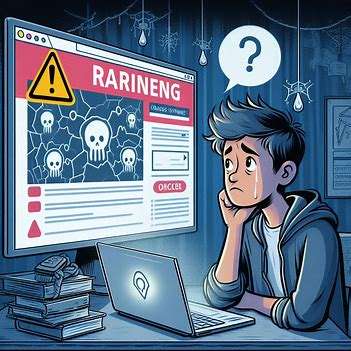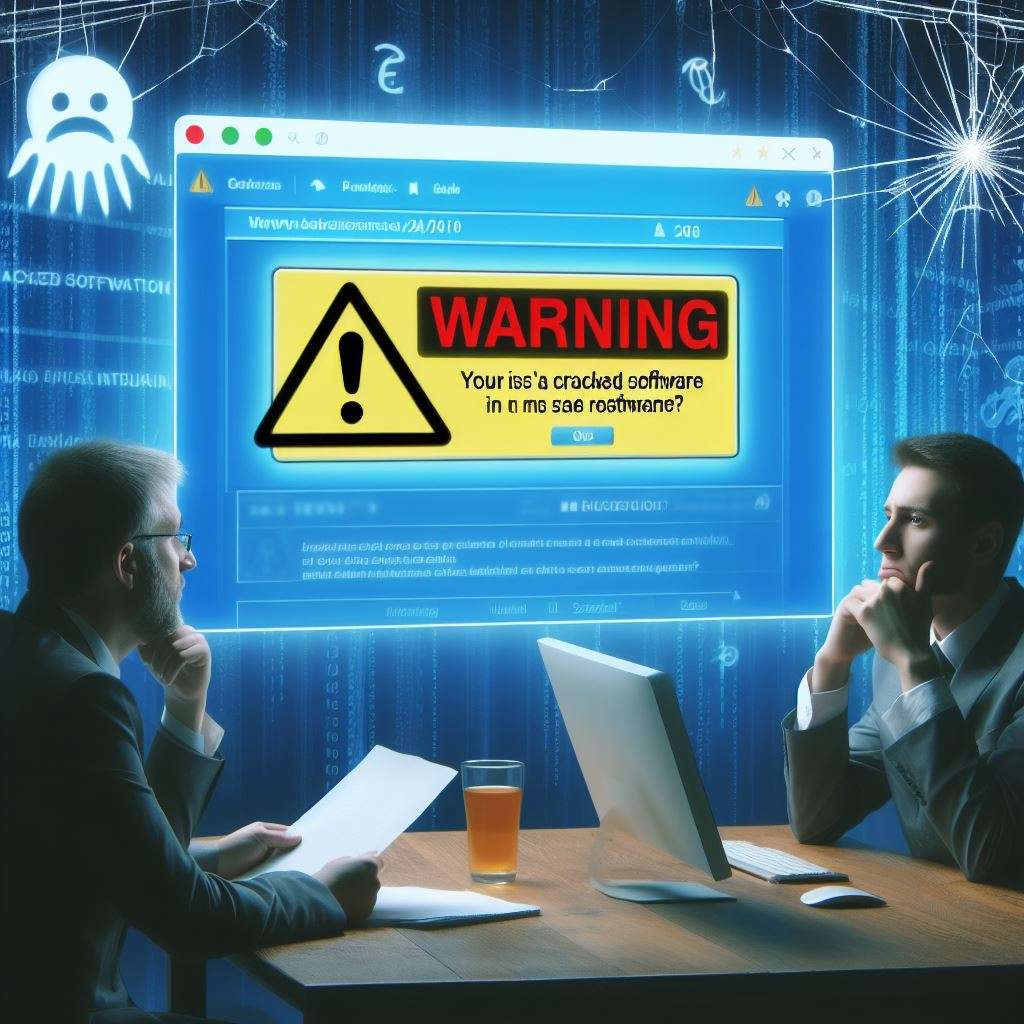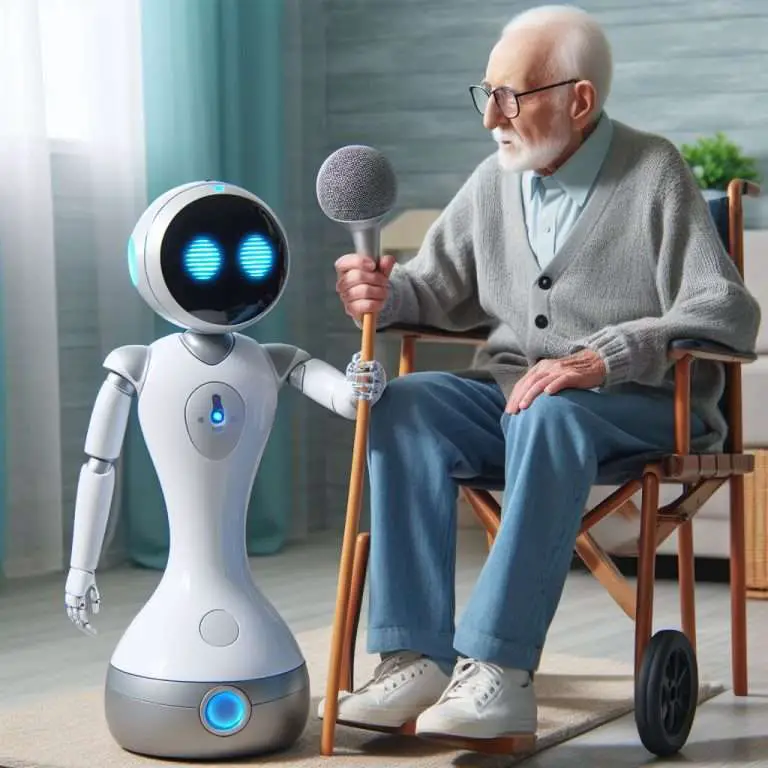Should I Use Cracked Software? Debunking Myths and Unveiling Risks
No, You should not use cracked software. However there can be some reasons for why you are curious to know should i use cracked software or not. Following is described about all the things you should know related to this topic(Should I use Cracked Software?) with its advantages and dis-advantages.

Introduction
In the digital age, software is the backbone of our technological existence. From productivity tools to creative suites, we rely on software for various tasks. However, the allure of free software can sometimes lead users down a treacherous path: cracked software.
What Is Software Cracking?
Software cracking involves bypassing licensing restrictions, encryption keys, and other copyright protection mechanisms to make paid software available for free. Crackers modify or add code to circumvent measures put in place by developers. Their goal? To gain access to premium versions without paying a dime.
A Brief History of Software Cracking
- In the 1950s, software wasn’t recognized as intellectual property, and there were no copyrights.
- By the 1970s, software became valuable, and license keys and DRM emerged.
- Early crackers, often computer “geeks,” sought ways to break through restrictions.
- The 2000s saw a boom in software production and P2P networks, leading to a cat-and-mouse game between crackers and the industry.
Should I Use Cracked Software?
It is generally illegal and unethical. Cracked software refers to unauthorized copies of commercial software that have had their copy protection mechanisms removed. Using cracked software can have serious consequences, including legal ramifications and potential security risks.
Types of Software Cracking
-
Keygen Cracking:
- Keygen programs analyze algorithms used to generate legitimate license keys.
- These tools create valid keys for unauthorized users.
-
Patch Cracking:
- Crackers modify the software binary itself to remove restrictions.
- This can involve altering executable files or libraries.
-
Emulation Cracking:
- Emulators mimic the behavior of legitimate software.
- They fool the system into thinking the cracked version is genuine.
Advantages and dis-advantages of using cracked software
Advantages of Using Cracked Software
- Cost Savings: Cracked software is free, which can be appealing, especially for budget-conscious users.
- Access to Premium Features: Cracks often unlock premium features that would otherwise require payment.
- Immediate Gratification: You can use the software without waiting for licenses or subscriptions.
Dis-advantages of Using Cracked Software
- Legal and Ethical Concerns:
- Copyright Violation: Cracked software infringes on developers’ rights.
- Legal Consequences: You could face fines or legal action.
- Ethical Dilemma: Supporting creators ensures innovation and quality.
- Security Risks:
- Cracked versions may contain malware, viruses, or backdoors.
- Lack of security updates puts your system at risk.
- Unreliable Performance:
- Cracked software may crash, have bugs, or behave unpredictably.
- Compatibility issues can hinder productivity.
The Risks of Using Cracked Software
-
Legal Consequences:
- Illegal: Using cracked software violates copyright law.
- Penalties: Offenders may face fines up to $150,000 and up to five years in prison12.
- Job Risk: Using pirated software at work can lead to dismissal3.
-
Malware and Security Risks:
- Infected Versions: Cracked software often harbors malware, spyware, or viruses.
- No Updates: Cracked versions lack security patches and updates.
- Backdoors: Some cracks create vulnerabilities that hackers exploit.
-
Unreliable Performance:
- Cracked software may crash, freeze, or behave unpredictably.
- Compatibility issues can arise, affecting overall productivity.
-
Ethical Dilemma:
- Supporting developers ensures innovation and quality.
- Using cracked software undermines the industry and stifles progress.
Alternatives to Cracked Software
-
Free and Open Source Software (FOSS):
- Explore FOSS alternatives to proprietary software.
- Examples: LibreOffice (instead of Microsoft Office), GIMP (instead of Adobe Photoshop).
-
Trial Versions and Free Plans:
- Many paid software offer trial versions or limited free plans.
- Use these legally to evaluate software before purchasing.
-
Budget-Friendly Options:
- Look for affordable licenses or student discounts.
- Invest in software that aligns with your needs.
Conclusion
While the allure of free software is tempting, the risks associated with cracked software far outweigh the benefits. Choose legal, secure alternatives, support developers, and contribute to a thriving tech ecosystem. Remember, the true cost of cracked software extends beyond dollars—it impacts integrity, security, and progress.
I hope this article sheds light on the dangers of cracked software.
You can check this article related to this category.






